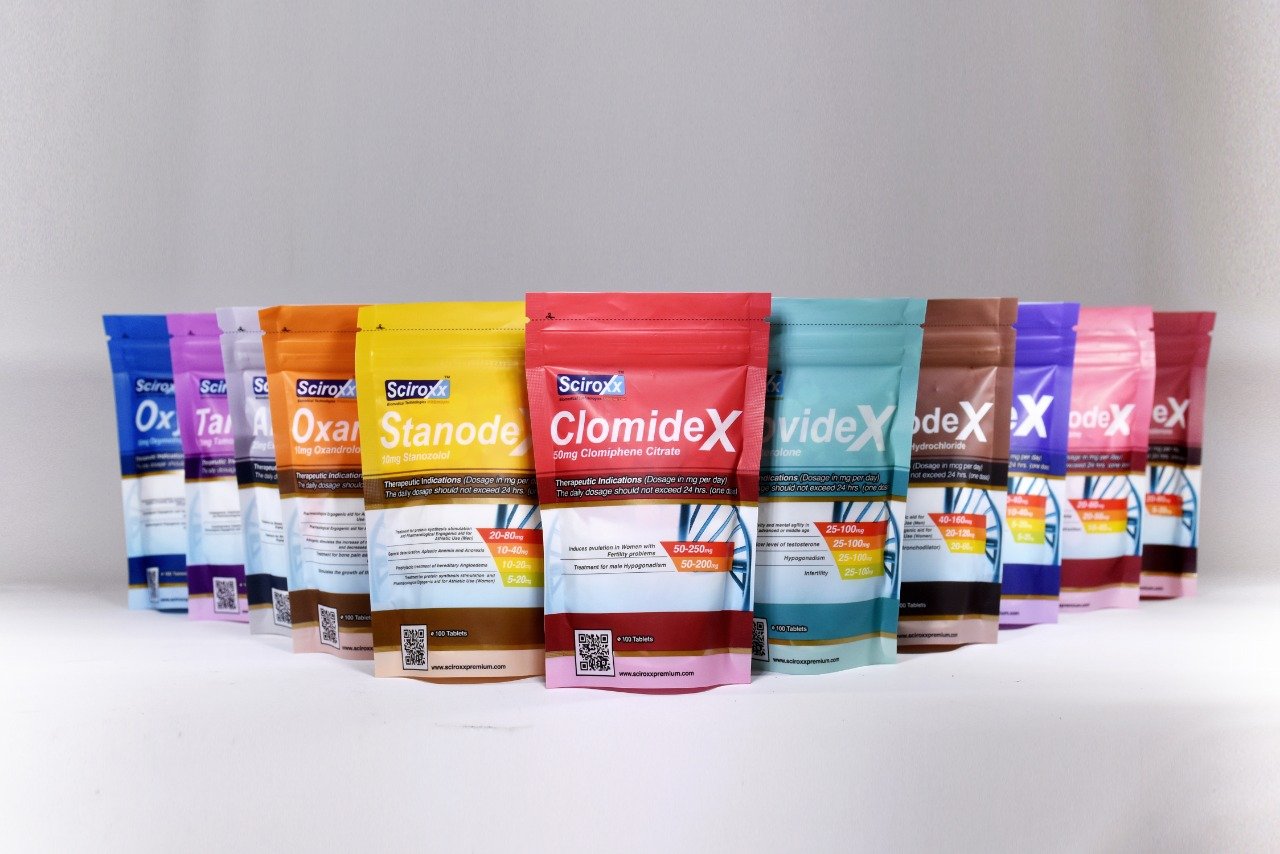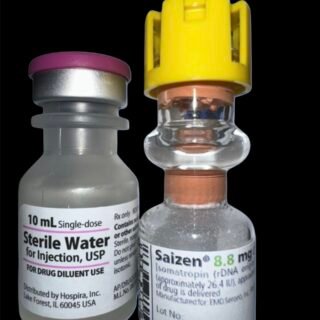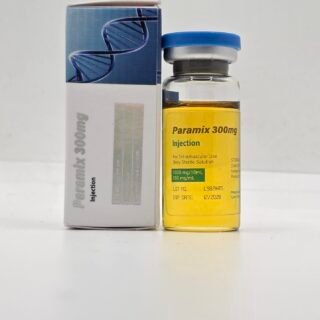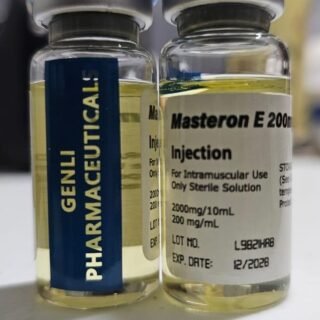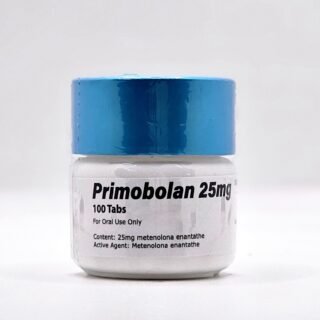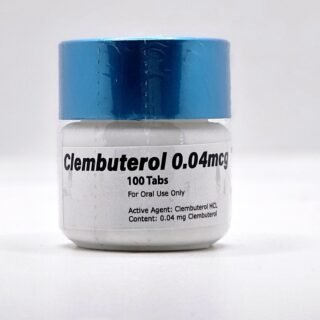Category
- Best Peptides for muscle growth
- Geno Pharma Domestic Warehouse 2 (Canada&USA)
- GP(Domestic Shipping US) Warehouse 1
- Human Pharma Premium
- Phar Labs Premium-Select
- Steroids on Sale USA, Real Steroids Online
- New arrivals in USA
- Most popular steroids in USA
- Antiestrogens / Gonadotropins
- Bangkok Steroid USA
- Biopharma Steroid USA
- British Dragon
- Anabolic Steroids for Horses
- Fat-burners
- Gen Pharma USA
- Medical Pharma Steroid USA
- Medical Tech Steroid USA
- Novocrine Steroids
- HGH USA
- Omega Labs Steroid USA
- Rotterdam Steroids USA
- SARMs USA
- Sciroxx
- Sydgroup Steroid USA
- Big vetenary Steroid USA
- Watson Steroids
- XT Labs Steroids
Most Popular steroids USA
-
 Saizen 8.8 mg (Somatropin) 26.4 UI Domestic USA
Saizen 8.8 mg (Somatropin) 26.4 UI Domestic USA
$115.00Original price was: $115.00.$98.00Current price is: $98.00. -
 PARAMIX 300 Genli Pharma – Trenbolone A, E & Hexa Mix 10 ml
PARAMIX 300 Genli Pharma – Trenbolone A, E & Hexa Mix 10 ml
$110.00Original price was: $110.00.$99.00Current price is: $99.00. -
 Testosterone 400 Biopharma 10 Ampoules
Testosterone 400 Biopharma 10 Ampoules
$99.00Original price was: $99.00.$75.00Current price is: $75.00. -
 Testosterone Cypionate 200 Biopharma 10 amp
Testosterone Cypionate 200 Biopharma 10 amp
$99.00Original price was: $99.00.$72.00Current price is: $72.00. -
 Drostanolone Enanthate 200mg 10 ml - Masteron Enanthate
Drostanolone Enanthate 200mg 10 ml - Masteron Enanthate
$110.00Original price was: $110.00.$90.00Current price is: $90.00. -
 Primobolan Pills 25mg 100 pills Domestic USA
Primobolan Pills 25mg 100 pills Domestic USA
$99.00Original price was: $99.00.$85.00Current price is: $85.00. -
 Clenbuterol for Sale 40mcg 100 Tabs - GP Premium Domestic USA
Clenbuterol for Sale 40mcg 100 Tabs - GP Premium Domestic USA
$99.00Original price was: $99.00.$65.00Current price is: $65.00.


The pursuit of extreme muscularity has been the central goal of bodybuilding since its earliest days. However, the question of how to best achieve supreme physical development has led to much controversy and ethical debate around the use of anabolic steroids and other performance enhancing drugs (PEDs).
This complex relationship between bodybuilding and chemical enhancement has a long history full of medical and moral implications that the sport still grapples with today.
Table of Contents
ToggleThe Rise of Steroids in Bodybuilding
Tracing back to the late 19th and early 20th centuries, the roots of bodybuilding were considerably more focused on general fitness and symmetrical, aesthetic physiques. However, the dawn of the 1950s brought the first confirmed uses of steroids specifically to enhance muscle growth and strength.
Competitors like John Grimek, Steve Reeves and John Ziegler pioneered early steroid use for physical enhancement. But it was moving into the 1960s when drug use accelerated dramatically with underground labs synthesizing new anabolic compounds tailored to bodybuilders’ needs.
Top professionals like Sergio Oliva, Arnold Schwarzenegger, and Serge Nubret helped popularize this new world of chemically-augmented physiques previously unseen. With the 70s arrived the mass monsters, and steroids became firmly entrenched in the culture.
The 1980s marked what’s considered the golden age of enhanced bodybuilding. Lee Haney and Dorian Yates pushed sizes to new extremes through combined drug use and innovations in heavy training styles. By the 1990s, “freaky” dimensional steroid-fueled physiques were setting new standards in mass and conditioning each year.
Today, steroids, growth hormone, and insulin remain deeply embedded in competitive bodybuilding from amateur regional shows to the Olympia stage. Use stretches down even into the teenage ranks. Some argue performance enhancement has become not just normalized but necessary to be competitive.

Why Bodybuilders Continue Using Steroids
The reasons bodybuilders have turned to steroids and other PEDs since the 1950s remain much the same today:
Accelerated Muscle Growth – Steroids enable protein synthesis and nitrogen retention to quickly build muscle.
Enhanced Recovery – Muscles repair at an elevated rate between workouts when assisted by drugs.
Increased Strength Levels – Steroids allow users to lift heavier weight and train with greater intensity and higher volumes.
Reduced Body Fat – Compounds like Winstrol and Clenbuterol actively cut fat, helping achieve extreme leanness.
Protection From Injuries – Anabolic agents help strengthen connective tissues and lubricate joints during heavy training.
Muscle Preservation When Cutting – Steroids prevent hard-earned muscle from being broken down for energy when dieting.
Pushing Past Genetic Limits – Chemical enhancement provides the means to surpass natural muscular potential.
Avoid Falling Behind – With nearly all top competitors enhanced, many feel pressured to use PEDs just to remain competitive.
These powerful mechanisms have enabled bodybuilders to sculpt physiques over the decades carrying 50+ pounds more muscle than believed possible naturally. Consequently, steroids remain deeply rooted at all levels today.
The Darker Side and Health Dangers
However brilliantly effective at building Herculean muscle mass, steroids also carry considerable risks to health:
Liver Toxicity – Orally active steroids like Anadrol, Winstrol and Dianabol pose high risks for liver damage when abused.
Cardiovascular Strain – Steroids adversely impact cholesterol profiles and blood pressure, increasing chances of heart attack or stroke.
Hormonal Imbalances – Natural testosterone production completely shuts down, necessitating proper PCT protocols. Estrogen-related sides also frequently develop.
Increased Injury Risk – While helping strengthen tendons and ligaments, excessive steroid use can still lead to ruptures or tears.
Mental Health Problems – Issues like depression, aggression, addiction and even suicide have been associated with steroid abuse.
Permanent Changes in Females – Deepened voice, body hair growth, and clitoral enlargement may become irreversible.
Legal Troubles – Laws prohibit possession of steroids in most countries without a valid medical prescription and doctor supervision.
Under proper medical guidance, adverse effects can be mitigated to a degree through careful use, ancillary drugs, and blood monitoring. But even with precautions, the dangers cannot be fully avoided and remain quite serious.
Controversy and the Future
The widespread use of steroids and other PEDs has ignited much controversy around the ethics of modern competitive bodybuilding. With top pros seemingly becoming bigger and more shredded each year, debates rage over just how far the human body can be pushed pharmacologically.
Some argue only by removing PEDs altogether can the sport regain any mainstream legitimacy and acceptance. Natural bodybuilding federations that test competitors have grown over the years in response to the drug dilemma.
However, the untested and enhanced federations still dominate the sport with bigger prize purses, industry sponsorships, and media exposure. Given how deeply entrenched performance enhancement has become at every level, completely eradicating steroid use appears unlikely barring major reforms.
But calls have increased for more testing, transparency, and harsher penalties for competitors who fail tests when rules are in place. Just where bodybuilding’s complicated relationship with steroids ultimately leads remains to be seen. The coming years will determine if the sport can evolve to resolve this ethical quandary, or if mass at any cost remains the final metric of success.
Conclusion
Steroids unquestionably enabled competitive bodybuilders to attain unprecedented increases in muscular size and definition. However, the question remains if the costs outweighed the benefits considering the impacts on competitor health and debates over ethics and integrity.
Openness, accountability, and protections must increase to ensure competitor safety and uphold standards. Only time will tell if modern bodybuilding can escape its controversial chemical past, or if the future will see even further pushing of boundaries in the name of extreme muscularity. But one thing is certain – it will require grappling with difficult questions and a willingness to change.
Share this page:
- Click to share on X (Opens in new window) X
- Click to share on Facebook (Opens in new window) Facebook
- Click to email a link to a friend (Opens in new window) Email
- Click to share on LinkedIn (Opens in new window) LinkedIn
- Click to share on Reddit (Opens in new window) Reddit
- Click to share on Pinterest (Opens in new window) Pinterest
- Click to share on Telegram (Opens in new window) Telegram
- Click to share on WhatsApp (Opens in new window) WhatsApp
- Click to share on Tumblr (Opens in new window) Tumblr
Written by Steroids USA
Pay with WISE APP or Remitly
Pay with WISE App or Remitly
Fast money transfers from USA for fast delivery of steroids
Secure delivery in USA
100% reliable shipping in USA
24x7 Support
Online 24 hours
Low cost delivery
Great shipping prices in USA
BULK ORDER DISCOUNT
If you are a reseller in the USA you can get a special DISCOUNT, we can give you up to 50% or more on bulk orders. If you want to make a bulk order, we can negociate for orders of over USD$4,000, contact us by email.
Steroids info

